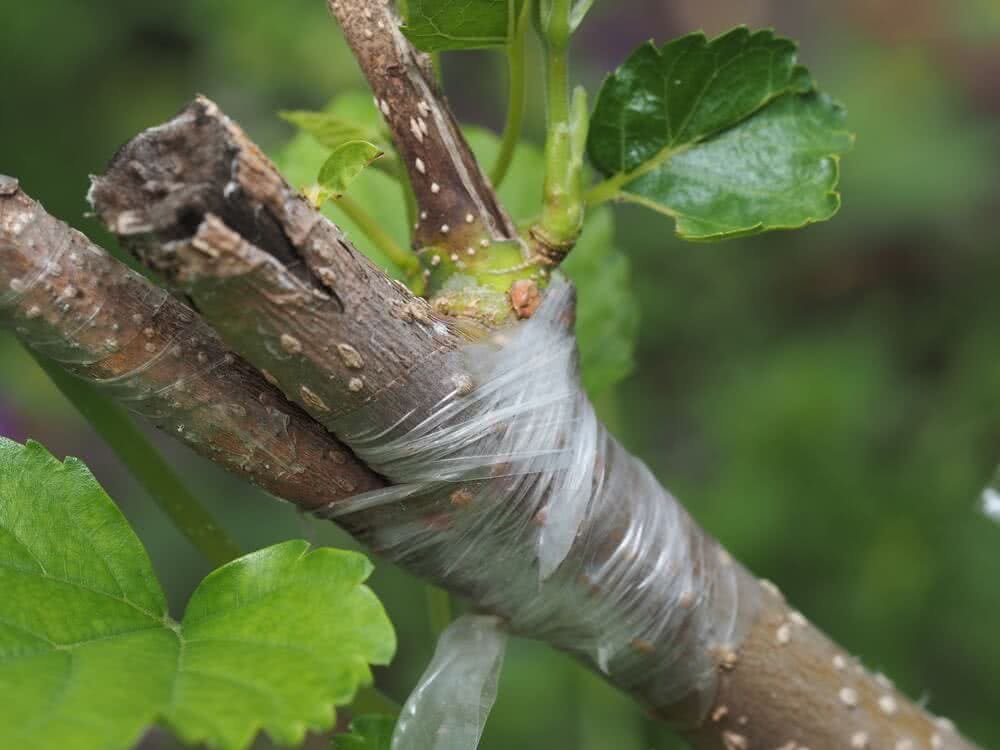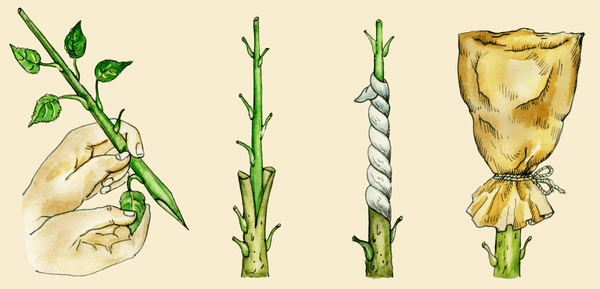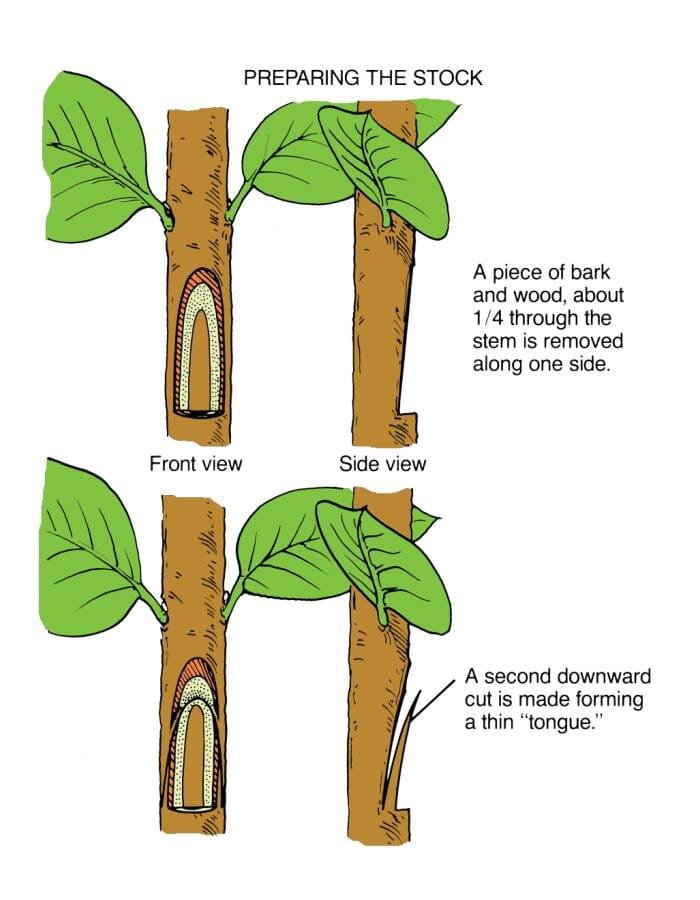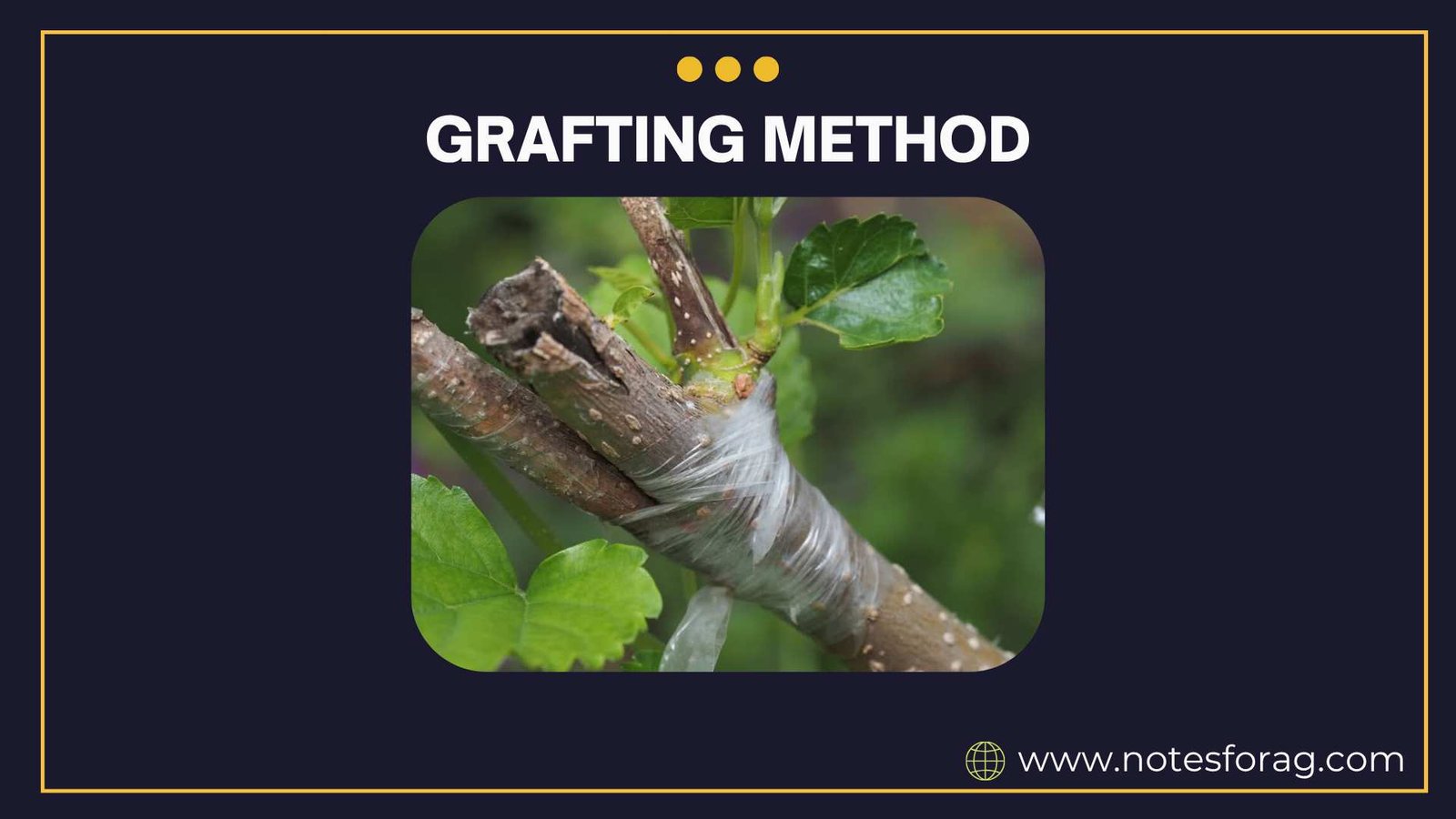Definition of Grafting

Grafting is a horticultural technique used to propagate plants by joining parts from two different plants so that they grow as one. The upper part of one plant, called the scion, is attached to the lower part of another plant known as the rootstock or stock. The scion and rootstock must be compatible to successfully form a union, allowing the scion to grow and develop while benefiting from the root system of the stock. This method is commonly used in fruit trees, ornamental plants, and some vegetables to ensure desirable traits such as disease resistance, improved yield, or specific growth habits.
Summary of Grafting
- Grafting merges the best traits of two plants such as fruit quality and rootstock resilience into one efficient growing system.
- With methods like whip-and-tongue, cleft, and budding, grafting accelerates fruiting, controls plant size, and ensures uniform crop quality.
- This technique supports sustainable cultivation by improving disease resilience, enabling cultivation in suboptimal soils, and preserving valuable plant varieties.
Table of Contents
Importance of Grafting
Grafting is significant in modern horticulture because it allows the combination of favorable traits from two plants into one. It enables the rapid multiplication of plants that do not breed true from seed or are slow to propagate by other means. It also helps overcome problems like poor soil conditions, pest infestations, or environmental stresses. Furthermore, grafting can rejuvenate old or damaged trees and allows for multi-variety planting on a single rootstock.
General Methods of Plant Propagation
Plant propagation methods are generally classified into two major categories:
1. Sexual Propagation (Seed Propagation)
Sexual propagation involves growing plants from seeds. This method results in genetic variation and is often used for annuals, vegetables, and some trees. Seeds are collected from mature fruits, cleaned, and then sown in suitable soil or containers. While easy and cost-effective, it does not guarantee the same traits as the parent plant, especially in hybrids.
2. Asexual Propagation (Vegetative Propagation)
Asexual propagation involves using parts of the plant like stems, leaves, or roots to produce new plants. This method produces genetically identical offspring (clones) and includes techniques such as cutting, layering, division, budding, and grafting. It is useful for maintaining the true type of cultivars and speeding up reproduction.
Types of Grafting Techniques
Whip and Tongue Grafting
This is one of the most commonly used grafting methods in nurseries, especially for fruit trees. In this method, both the scion and stock are cut diagonally and then a small slit or “tongue” is made in each cut surface. These are interlocked to increase the contact area and then tied together. It ensures a strong union and better cambial contact.
Cleft Grafting

Used mainly in older or established rootstocks, cleft grafting involves splitting the stock and inserting one or two wedge-shaped scions into the split. This method is effective for changing varieties or rejuvenating old trees. It is most successful when the stock is dormant and the scion is actively growing.
Side Grafting

In side grafting, the scion is inserted into the side of the rootstock stem. A small cut is made on the stock, and a similarly shaped scion is inserted and secured. It is often used when the rootstock is thicker than the scion or when top grafting is not feasible.
Approach Grafting (Inarching)
This technique involves joining two independently growing plants without cutting either from the root. The scion and stock are brought together and their stems are wounded and bound to each other until they unite. Once joined, the top of the stock and the root of the scion can be removed. It is useful in cases where scion plants are hard to root.
Bridge Grafting
Bridge grafting is a repair technique used when the bark of a tree has been damaged (e.g., by rodents or mechanical injury). Scions are placed vertically across the wound to reconnect the cambium above and below the damaged area. This helps restore the flow of nutrients and water, effectively saving the tree.
Budding (Bud Grafting)
Budding is a form of grafting where a single bud (instead of a shoot) is used as the scion. The most common method is T-budding, where a T-shaped cut is made in the rootstock and a bud is inserted under the bark. It is widely used in roses, citrus, and stone fruits.
Factors Affecting Grafting Success
Several factors influence the success of grafting:
- Compatibility: The scion and stock must be botanically compatible.
- Cambial Contact: The cambium layers of both parts must align properly.
- Environmental Conditions: Ideal temperature, humidity, and cleanliness promote healing.
- Timing: Grafting is best done during the plant’s dormant or early growth phase.
- Aftercare: Proper tying, sealing, and protection from pests and diseases are crucial.
Advantages of Grafting
- Preserves desired traits (taste, color, growth habits)
- Combines strengths of two plants
- Speeds up maturity and fruiting
- Allows for repair of damaged trees
- Enables propagation of seedless or sterile varieties
Disadvantages of Grafting
- Requires skill and experience
- Initial cost is higher
- Not all plants can be grafted
- May lead to incompatibility issues
Applications of Grafting
Grafting is extensively used in commercial horticulture:
- Fruit production: Apples, mangoes, citrus, grapes
- Flowering plants: Roses, hibiscus
- Ornamental trees: Bonsai, topiary
- Vegetables: Tomato and brinjal for disease resistance
Conclusion
Grafting is a valuable and widely practiced method of plant propagation that allows gardeners and farmers to combine the best characteristics of two plants into one. By joining the scion, responsible for producing the desired fruit, flower, or foliage, with a compatible rootstock known for its strength, disease resistance, or environmental adaptability, grafting enhances plant performance and longevity. This method is especially useful in commercial horticulture and orchard management, where traits such as early fruiting, controlled growth, and increased resistance to pests and soil-borne diseases are essential.
The process of grafting requires precision and care. Several techniques are used depending on the plant species and the purpose of the graft. These include whip and tongue grafting for small stems, cleft grafting for thicker stock, budding for mass propagation, and approach grafting for difficult-to-graft species. The key to successful grafting lies in ensuring that the cambial layers of the rootstock and scion align properly, which allows for the transfer of nutrients and water after healing.
With consistent care, including proper timing, sanitary tools, and post-graft maintenance, grafted plants can thrive and produce higher yields compared to those grown from seed or cuttings. Beyond productivity, grafting helps in conserving rare and heirloom varieties by preserving their genetic identity. It also supports sustainable agriculture by allowing cultivation in adverse soil or climate conditions where traditional planting methods may fail.
As the demand for efficient and resilient crop production grows, grafting continues to play an important role in the advancement of horticulture. Its ability to improve plant health, shorten production cycles, and adapt crops to new environments makes it a vital technique for both small gardeners and large-scale producers. Whether used for fruit trees, ornamentals, or vegetables, grafting is a time-tested practice that bridges science and tradition to enhance plant life.
Frequently Asked Questions (FAQs)
What is grafting in plant propagation?
Grafting is a technique where a piece of a plant, called the scion, is carefully attached to another plant’s root system, known as the rootstock, so that they grow together and form one healthy plant. This method helps combine the strengths of both plants, allowing gardeners to propagate new plants without using seeds.
Why is grafting used in horticulture?
Grafting is used because it lets growers mix the best qualities of two plants for example, a fruit tree that produces tasty fruit can be combined with a rootstock that resists diseases or grows well in tough soil. It also helps control the size of the plant, making trees easier to manage, and speeds up the time it takes for the plant to start producing fruit or flowers.
What are the common grafting methods?
There are several grafting techniques, each designed for different situations. Whip-and-tongue grafting is often used for young plants with similar stem sizes, cleft grafting involves splitting the rootstock to insert a scion, side grafting attaches the scion to the side of the rootstock, budding inserts a single bud instead of a shoot, and approach grafting joins two independent plants while both are still growing. Each method helps improve the chances of the graft taking successfully.
Related Articles

